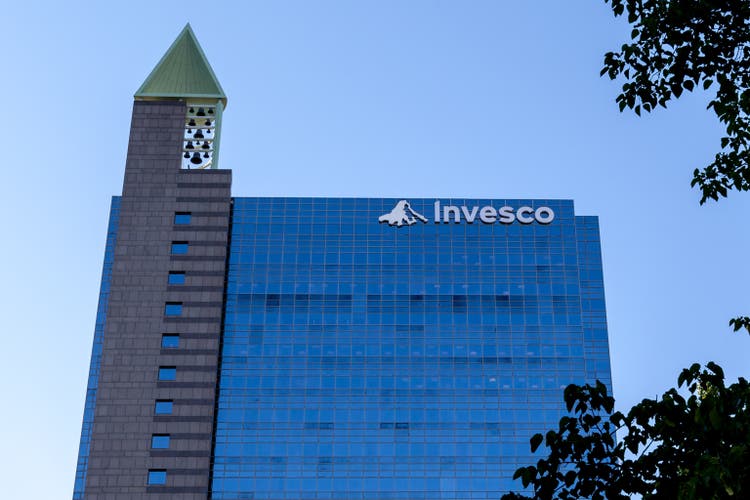America’s housing market is flashing red on multiple fronts, with affordability at its worst in years and little relief in sight. From elevated mortgage rates to general lack of affordability to a death of first-time home buyers, here’s why Capital Economics says it sees “no clear path to housing recovery,” with housing market activity stuck in a slump since 2023. There’s just no end in sight, according to the London-based research firm. Here’s why.
1. Mortgage Rates Stuck Above 6.5%
- Mortgage rates are forecast to remain above 6.5% through the year, as the Federal Reserve is not expected to resume rate cuts until 2026.
- High rates are keeping monthly payments elevated, locking many would-be buyers out of the market.
2. It’s Not Seen as a Good Time to Buy
- The share of households saying it’s a good time to buy a home is near an all-time low.
- Record-high home prices, tight supply, and high borrowing costs have combined to make homeownership less attainable than at any point in recent memory.
- Even as more homes are being listed, the overall supply remains low by historical standards, offering little relief to would-be buyers.

3. Home Sales Recovery Is Weak and Slow
- Existing home sales are projected to be lackluster, reaching an annualized pace of 4.3 million in 2026 and 2027—well below pre-pandemic norms.
- The market remains in a prolonged slump, with activity unlikely to recover meaningfully until affordability improves.
- There is no clear trigger for a price correction: home prices are expected to rise by 1% in 2025 and 2% in both 2026 and 2027, keeping the market out of reach for many.
4. First-Time Buyers Are Especially Hard-Hit
- First-time buyers (FTBs) are facing the toughest conditions in decades. Last year, just 1.1 million FTB purchases were recorded—half the historical average.
- This is tough news for members of the Gen Z and millennial generations wanting to break into the housing market, since they are overwhelmingly the age of most historical FTBs, from the late 20s through early 40s.
- Higher borrowing costs and the lack of built-up home equity make it especially difficult for new entrants to break into the market.
- Even as mortgage payments as a share of income are expected to ease slightly (dropping below 35% of median FTB income in 2026), any rebound in FTB activity is expected to be modest at best.

Homebuilding: Margins Squeezed, Starts Slow
- Homebuilders have kept sales afloat by cutting prices and offering incentives, but rising construction costs—especially from tariffs on lumber—are squeezing margins.
- Single-family housing starts are forecast to fall to 900,000 by end-2026, before a slight recovery in 2027.
- New home sales are still robust, but mainly because the housing market has a a structural shortage of existing homes for sale. Also, the “new build premium”—the extra cost buyers typically pay for new properties—has disappeared as builders compete for budget-conscious buyers.
- Price cuts and longer time on market: 20% of listings now include a price drop, and the average time on market of 45 days is back near pre-pandemic levels.

Rental Market: Demand Strengthens as Supply Tightens
- Rental demand is surging as homeownership becomes less attainable, especially for younger adults. For 25–34-year-olds, owning a starter home now costs more than 50% of average income, compared to just under 39% for renting.
- Vacancy rates are falling: The apartment vacancy rate is expected to drop from its current 6.4% to 5.4% by end-2027.
- Rent growth is set to accelerate: After a period of subdued increases, rent growth is forecast to reach 2% in 2025 and 3.5% in 2026.
- Multifamily construction is slowing sharply, with starts projected to rise only gradually to 430,000 by 2027—well below the post-pandemic boom.
Outlook: No Quick Fix for Housing Woes
- Affordability will remain stretched for the foreseeable future, with no clear trigger for a price correction.
- Home sales will stay muted, and the market will not recover meaningfully until mortgage rates fall and incomes catch up.
- Landlords will be winners from this environment, as they’ll have room to raise rents from such tight market conditions. Capital Economics forecasts rent growth of 2% in 2025 and 3.5% in 2026.
In summary, the U.S. housing market is set for a slow, grinding recovery, with buyers facing persistent affordability challenges and rents ticking upward because of the ongoing freeze in for-sale activity.
For this story, Fortune used generative AI to help with an initial draft. An editor verified the accuracy of the information before publishing.
This story was originally featured on Fortune.com

 4 hours ago
1
4 hours ago
1












 English (US) ·
English (US) ·